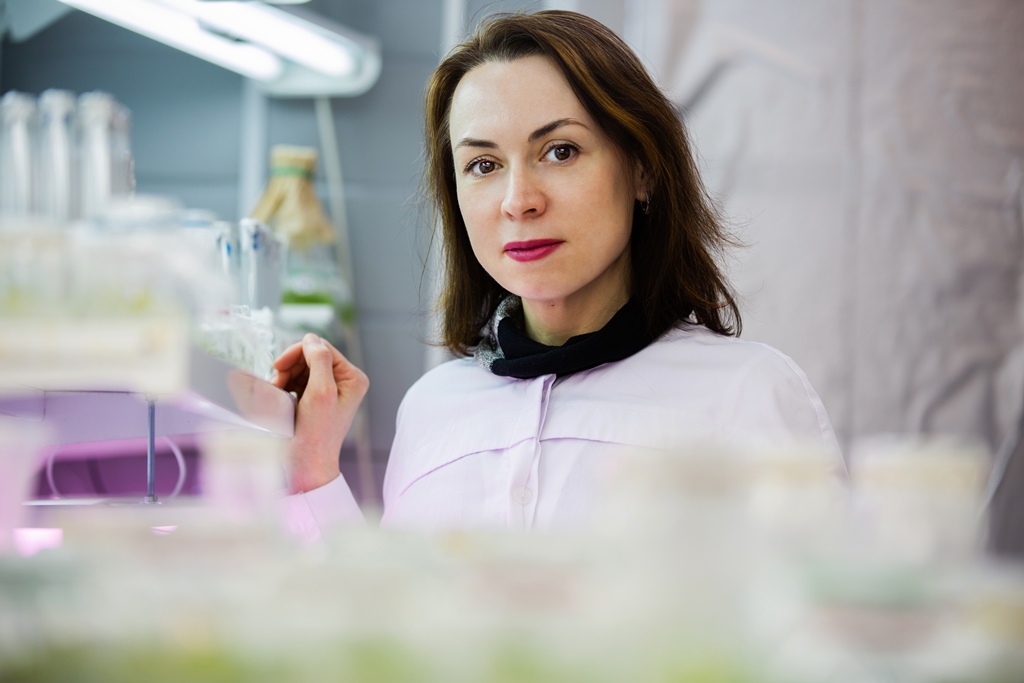The study of microplastics and their environmental impact is one of the top 10 global scientific trends. However, there are very few methods for the analysis of synthetic particles. TSU biologists, who are leaders in Russia in studying microplastics in ecosystems and organisms, were able to develop a new approach and were granted a patent.
“We have developed a method for extracting microplastics from fish organs. First of all, the method is designed to study the content of particles contained in the gastrointestinal tract of fish, but it can also be used to analyze other organs - gills, muscles, skin,” explained Julia Frank, director of the Research Center for Microplastics in the Environment. “The method involves applying a series of treatments with different reagents for tissue hydrolysis and oxidation of organic material in the gastrointestinal tract, and removal of inorganic impurities, which are carried out in a specific sequence and considering the peculiarities of the fish gastrointestinal tract.”

Currently, the methodology for the quantitative analysis of microplastics in environmental components is not standardized. Many scientists are developing reliable and relatively simple methodologies for the extraction of microplastics from water, sediments, and regional fauna and flora.
While biological samples are difficult to analyze, it is very important to assess the amount and mass of plastic particles circulating in marine and freshwater food webs as well as accumulating in hydrobionts that are being eaten. Food safety will be the research focus of the Research Center for Microplastics in the Environment under a project supported by the federal Priority 2030 program.